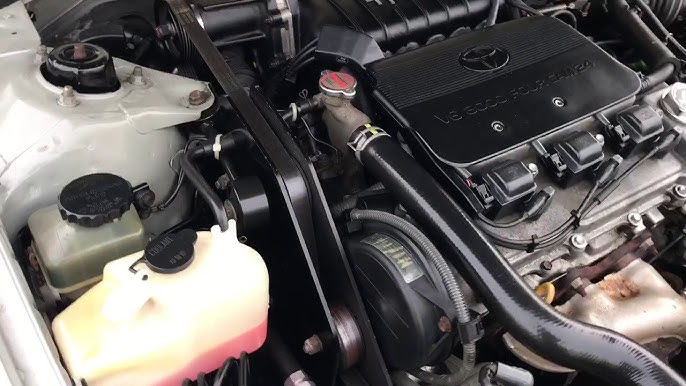The Goods and Services Tax (GST) has had a significant influence on various sectors of the Indian economy, including the automobile industry. For potential buyers, understanding how GST applies to second-hand cars is crucial. This article provides an in-depth look at the applicability of GST on second hand cars and what buyers need to know, including the necessary vehicle transfer form and other related details.
GST on Second Hand Cars: An Overview
The implementation of GST in July 2017 brought about a unified tax structure, replacing multiple state and central taxes. For new cars, GST rates are straightforward, but the scenario for second-hand cars is slightly different. Initially, second-hand cars fell under the same GST rates as new cars. However, recognizing the distinct market for used vehicles, the government revised the GST rates to make them more favorable for buyers and sellers of pre-owned vehicles.
Current GST Rates on Second-Hand Cars
As per the revised guidelines, the GST on second hand cars is lower than that on new cars. The GST rates applicable to second-hand cars are as follows:
– Small cars (with engine capacity up to 1200cc for petrol and 1500cc for diesel): 12%
– Other cars: 18%
This differentiation in tax rates aims to encourage the sale of second-hand cars, making them a more viable option for budget-conscious buyers.
Calculating GST on Second-Hand Cars
GST on second-hand cars is calculated differently compared to new cars. It is levied on the difference between the selling price and the purchase price of the vehicle. This means the tax is only applicable to the margin made by the seller, which reduces the overall tax burden on the transaction.
For example, if a dealer buys a used car for ₹3,00,000 and sells it for ₹3,50,000, GST will be calculated on the ₹50,000 margin, not the entire selling price. This margin-based taxation makes second-hand cars more affordable.
Vehicle Transfer Form and Other Documentation
When buying a second-hand car, proper documentation is crucial to ensure a smooth transfer of ownership and compliance with tax regulations. The key document required is the vehicle transfer form (Form 29 and Form 30 as per the Motor Vehicles Act).
Steps in the Vehicle Transfer Process:
1. Completion of Sale Agreement: The buyer and seller should sign a sale agreement detailing the vehicle particulars, sale price, and terms.
2. Fill Vehicle Transfer Forms (Form 29 and Form 30): These forms must be duly filled out and submitted to the Regional Transport Office (RTO).
3. Completion of RTO Procedures: Submit the necessary documents, including the original Registration Certificate (RC), insurance papers, Pollution Under Control (PUC) certificate, address proof, and valid ID proof.
4. Pay Applicable Fees: Pay the necessary transfer and tax fees at the RTO.
5. Receipt of New RC: Once the RTO processes the transfer, the buyer will receive a new RC in their name.
Other Important Documents:
– Invoice and Payment Proof: Maintain a copy of the payment receipt and invoice for future reference and tax purposes.
– NOC (No Objection Certificate): If the vehicle is financed, obtain an NOC from the financier.
Key Insights for Buyers
Before purchasing a second-hand car, potential buyers should:
– Research the Car’s Background: Check the vehicle’s history, including any past accidents or major repairs.
– Verify Authenticity: Ensure that the seller provides genuine documents, including the original RC, insurance, and PUC certificate.
– Understand the GST Implications: Know how GST is calculated and factor this into your buying decision.
– Complete Legal Formalities Promptly: Ensure all forms and documents are correctly filled out and submitted to avoid legal hassles.
Conclusion
Understanding the nuances of GST on second hand cars is essential for making an informed purchase. With the revised GST rates favoring the second-hand market and a clear process for vehicle transfer forms, buying a pre-owned car can be both economical and straightforward. Additionally, using a loan app for used cars can simplify the financing process, offering quick access to the funds needed to secure your vehicle. By following the necessary steps and ensuring proper documentation, buyers can enjoy their new vehicle with peace of mind.




